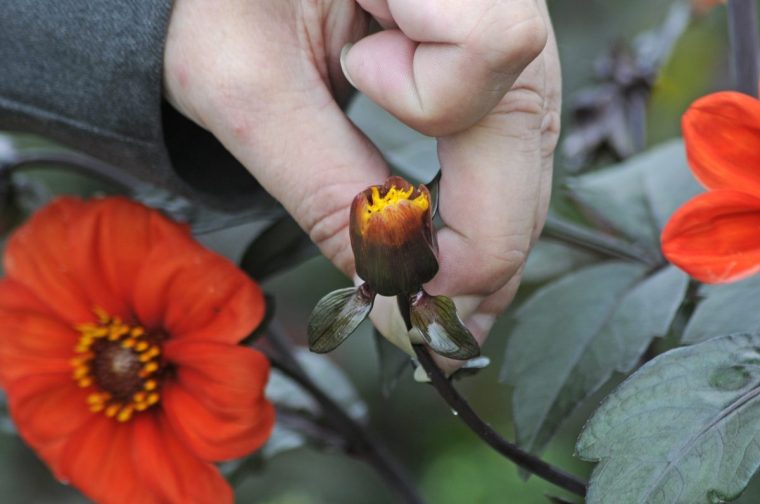How to Make Your Plants Flourish This Summer: The Bone Fertiliser Advantage
Clear sunny days during spring enticed many folks to purchase plants, leading garden centers and retail stores to experience robust sales. All these plants is now set to experience summertime warmth along with abnormally arid weather this year.
A lot of the plants currently planted were purchased in bloom or have started blooming. When plants are in blossom, their root growth tends to suffer; therefore, these specimens require meticulous watering—just enough to moisten both the root ball and the adjacent earth. Make sure to remove spent flowers regularly so that they channel their energy towards strengthening their roots rather than producing seeds.
Read Next: Maximise your compost pile using these simple garden tips.
Throughout summer, flowers will be available for purchase at the plant shop. fairs and flower shows While it’s ideal to plant them when they’re not flowering, passing up possible deals and unique finds could be disappointing. Theoretically, eliminating all flower buds should aid in better growth, yet most gardeners probably wouldn’t have the heart for such measures.
Since new summer plants typically thrive more in the ground than in containers, plant them Out using the "puddling" technique. Just dig a hole large enough to fit the root ball, fill it with water and let it drain two times before planting the plant securely in the wet hole. This ensures the plants remain healthy for about a month.
When planting vegetables in a dry summer Allow for 20 percent additional spacing between plants. This extra room enables deeper root exploration, reducing water needs and preventing dissatisfaction due to stressed vegetation.
Manuring and mulching in spring with organic materials such as composted manure or garden compost is good practice. Nutrients will be released all summer as the organic matter rots. Where it has not been possible to manure or mulch, add fertiliser before sowing or planting. Organic-based fertilisers – fish, blood and bone, for example – are best as they release nutrients slowly for weeks as the soil warms , conveniently occurring at roughly the same frequency as the nutrient requirements of plants.

Plants that are not doing as well as hoped are typically more short of water in early summer than nutrients. However, where their moisture needs have been met but growth lags or leaves turn yellow, consider adding fertiliser – seaweed fertiliser is good and appears to be sustainable. Lack of nutrients is more common in late summer and adding more fertiliser or “top-dressing” may be needed in July and August, especially for container-grown plants and vegetables.
Seasoned growers of fine plants for flower show competitions often treat their plants to various concoctions. Foliar feeding, ideally with a seaweed feed, is particularly worth considering. Seaweed fertiliser contains a wide range of molecules that are helpful to plants, including amino acids and plant hormones called cytokinins that help plants deal with stress and promote growth If the requirements for water and nutrients of the plants have been met, yet improved growth and blooming are desired, then this treatment could prove effective.
Read Next: Chelsea Flower Show 2025: Schedule, tickets and how to watch
The arid conditions have halted weed growth. Maintain this by watering just the roots of your plants and avoiding moisture in other zones where it could encourage weeds. In a short time, as your garden flora spreads out, they'll crowd out the weeds through competition.
Remove any remaining transplants. These usually come in small pots ranging from 7cm to 9cm in size that need frequent feeding and watering Their care consumes valuable time and energy, and they might attract unwelcome pests and illnesses. If some sheltered areas are required, consider planting them in an unused row within your vegetable garden or a comparable spot where they can fend for themselves. This way, you can relish the beauty of summer blooms and enjoy harvesting produce instead.
The RHS is a charitable organization that motivates people to grow through its research, advisory services, community outreach, exhibitions, and garden spaces. To learn more, head over to their website. rhs.org.uk
Post a Comment for "How to Make Your Plants Flourish This Summer: The Bone Fertiliser Advantage"